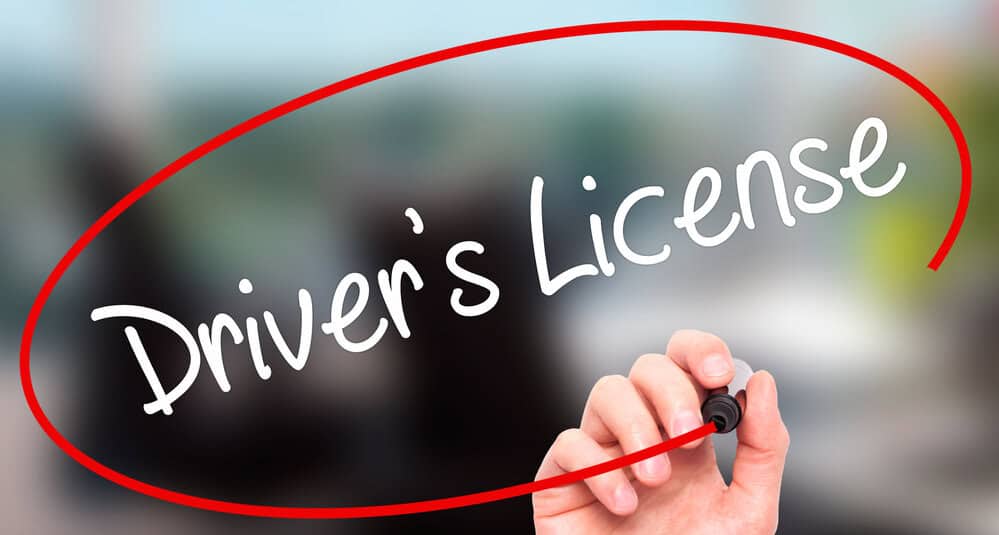Getting a driver’s license for a kid in Tallahassee, FL is an important milestone. The DMV tries to make it simple but since COVID the procedures have changed. We went through hell getting our son’s license so I thought I would outline some tips and tricks to make it easier.
First off – you don’t have to do it IN Tallahassee. You can venture to Monticello or another nearby city. The wait times are usually a lot shorter.
Here’s a guide on the requirements and steps they need to take to obtain a driver’s license:
- Learner’s Permit Requirements:
- Age: The minimum age to apply for a learner’s permit in Florida is 15 years old.
- Parental Consent: If the applicant is under 18 years old, they must have parental or guardian consent.
- Required Documents: The following documents are typically needed:
- Proof of identity (e.g., birth certificate, passport)
- Social Security card or proof of exemption
- Proof of residential address (e.g., utility bill, bank statement)
- Completed Parental Consent Form (if applicable)
- Proof of completion of a Traffic Law and Substance Abuse Education (TLSAE) course
- TLSAE Course:
Before applying for a learner’s permit, the kid must complete a TLSAE course. This course covers important traffic laws, safe driving practices, and the effects of drugs and alcohol on driving. - Application Process:
- Visit the DMV: The kid and a parent or guardian should visit a local Florida Department of Highway Safety and Motor Vehicles (DHSMV) office. You will need to make an appointment.
- Required Documents: Bring all the necessary documents mentioned above.
- Vision and Hearing Test: The kid will need to pass a vision and hearing test.
- Written Exam: The kid will need to take and pass a written knowledge exam covering traffic laws and road signs.
- Learner’s Permit Restrictions:
- Supervised Driving: With a learner’s permit, the kid can only drive while supervised by a licensed driver who is at least 21 years old and occupies the front passenger seat.
- Curfew: There may be specific curfew restrictions for driving during certain hours.
- Behind-the-Wheel Practice:
The kid should practice driving with a licensed adult who meets the state’s requirements. It is essential to gain experience and build confidence behind the wheel. Check to see if your kids school offers it – most do! - Obtaining a Driver’s License:
- Age Requirement: To obtain a regular driver’s license, the kid must be at least 16 years old and have held a learner’s permit for at least one year without any traffic convictions.
- Driving Practice: The kid should accumulate a minimum of 50 hours of supervised driving practice, including at least 10 hours of nighttime driving.
- Completion of Traffic Law and Substance Abuse Education (TLSAE) course.
- Pass the Driving Skills Test: Schedule an appointment at a local DHSMV office for the driving skills test. This test assesses the kid’s ability to handle various driving maneuvers and situations. Currently only the office on South Monroe offers the testing. It can take up to a month to get an appointment.
- Alternatively if the kid is taking drivers ed, they can get a waiver.
- Graduated Driver Licensing: Florida has a graduated driver licensing (GDL) program that imposes certain restrictions on new drivers, such as passenger limitations and nighttime driving curfews. These restrictions are gradually lifted as the driver gains more experience.
It’s important to note that specific requirements and processes may vary, so it’s advisable to visit the official website of the Florida DHSMV or contact a local DHSMV office for the most up-to-date information.

Tips to Passing a Driving Test:
Passing a driving test can be a nerve-wracking experience, but with proper preparation and practice, you can increase your chances of success. Here are some tips to help you pass your driving test:
- Study the Driver’s Manual: Thoroughly read and understand the driver’s manual provided by your local Department of Motor Vehicles (DMV). It contains important information about traffic laws, road signs, and safe driving practices.
- Take a Driver’s Education Course: Consider enrolling in a driver’s education course or take drivers ed. These courses provide structured instruction and practice, helping you develop essential driving skills and knowledge.
- Practice Regularly: Practice driving in different road and traffic conditions, including highways, residential areas, and parking lots. Familiarize yourself with basic maneuvers such as parallel parking, lane changes, and turning.
- Master the car you are testing in: Ensure you are comfortable with operating the vehicle’s controls, including steering, acceleration, braking, and using turn signals. Practice smooth and controlled movements. The smaller the car the better because they will dock points for hitting curbs and cones so make sure you practice before taking it!
- Learn Defensive Driving Techniques: Understand and apply defensive driving techniques, such as maintaining a safe following distance, checking blind spots, and anticipating potential hazards.
- Practice Observation Skills: Develop good observation skills by regularly checking your mirrors, scanning the road ahead, and being aware of other vehicles, pedestrians, and potential hazards.
- Understand Right-of-Way Rules: Learn and apply right-of-way rules, including who has the right to proceed in different traffic situations. This includes yielding to pedestrians, obeying traffic signals, and understanding intersection rules.
- Review Parking Techniques: Practice parking maneuvers, such as parallel parking, perpendicular parking, and angle parking. Pay attention to proper positioning, distance, and alignment.
- Mock Driving Tests: Take advantage of online resources or practice tests offered by your local DMV to simulate the actual driving test experience. This can help you become familiar with the format and requirements of the test.
- Stay Calm and Confident: On the day of the test, remain calm, and have confidence in your abilities. Follow the instructions of the examiner carefully and demonstrate safe and responsible driving practices.
- Obey Traffic Laws: Adhere to all traffic laws and regulations during the test. This includes obeying speed limits, using turn signals, coming to complete stops at stop signs, and observing right-of-way rules. They WILL dock points for small things like not using a blinker when pulling into a parking spot.
- Practice Hazard Perception: Be attentive to potential hazards on the road, such as pedestrians, cyclists, other vehicles, and changing road conditions. React appropriately and demonstrate caution.
- Focus on Smoothness and Control: Aim for smooth and controlled movements while driving. Avoid abrupt acceleration, braking, or steering unless necessary.
- Avoid Distractions: Keep your focus solely on driving during the test. Avoid distractions like mobile phones, loud music, or engaging in conversations with passengers.
- Review Test Procedures: Familiarize yourself with the specific procedures and requirements of the driving test in your area. This includes any specific maneuvers or tasks you will be evaluated on.
Remember, practice and preparation are key to passing your driving test. By taking the time to develop your skills and knowledge, and by maintaining a calm and confident mindset, you can increase your chances of success on the road to obtaining your driver’s license.
Good luck!








